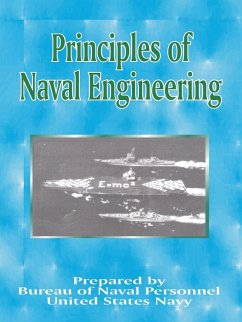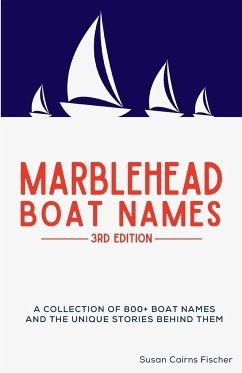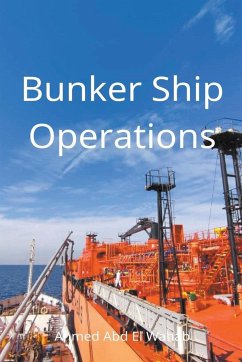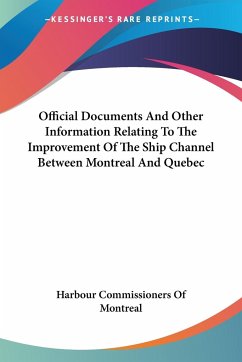
Nuclear Propulsion for Merchant Ships
Versandkostenfrei!
Versandfertig in 1-2 Wochen
66,99 €
inkl. MwSt.

PAYBACK Punkte
33 °P sammeln!
The book was written for anyone interested in the subject. It should be specially helpful to designers and builders of ships, marine engineers, operators, shippers, managers, government officials, lawyers, and underwriters. It will also appeal to others, including nuclear scientists and engineers, scientists and engineers in other fields, teachers, students, and writers. The first two chapters furnish orientation on the subject of nuclear ships, and the third provides technical background for readers with no background in nuclear science. Logically, the longest chapter in the book (Chap. 4) is...
The book was written for anyone interested in the subject. It should be specially helpful to designers and builders of ships, marine engineers, operators, shippers, managers, government officials, lawyers, and underwriters. It will also appeal to others, including nuclear scientists and engineers, scientists and engineers in other fields, teachers, students, and writers. The first two chapters furnish orientation on the subject of nuclear ships, and the third provides technical background for readers with no background in nuclear science. Logically, the longest chapter in the book (Chap. 4) is devoted to the Savannah herself. Several succeeding chapters cover precautions taken in design, construction, and operation to ensure safety. In this aspect of the ship development, the history of nuclear central-station plants seems to be repeating itself: in unknown areas it is better to take many precautions that later will be found unnecessary than to run the risk of not taking the one safety measure that might prove essential. Fueling nuclear ships, very different from taking on fuel oil, is covered in Chap. 7, and the extensive training of the crew in nuclear technology and reactor operation is described in Chap. 8. Concluding chapters cover international aspects of nuclear merchant-ship propulsion such as handling in other ports, safety standards, and insurance; the suitability of different reactors; and economics. The last two chapters are devoted to nuclear tanker design, since it appears that the first economic application may be for large tankers operating long distances, and to nuclear ship activities elsewhere in the world including the Russian icebreaker Lenin.












